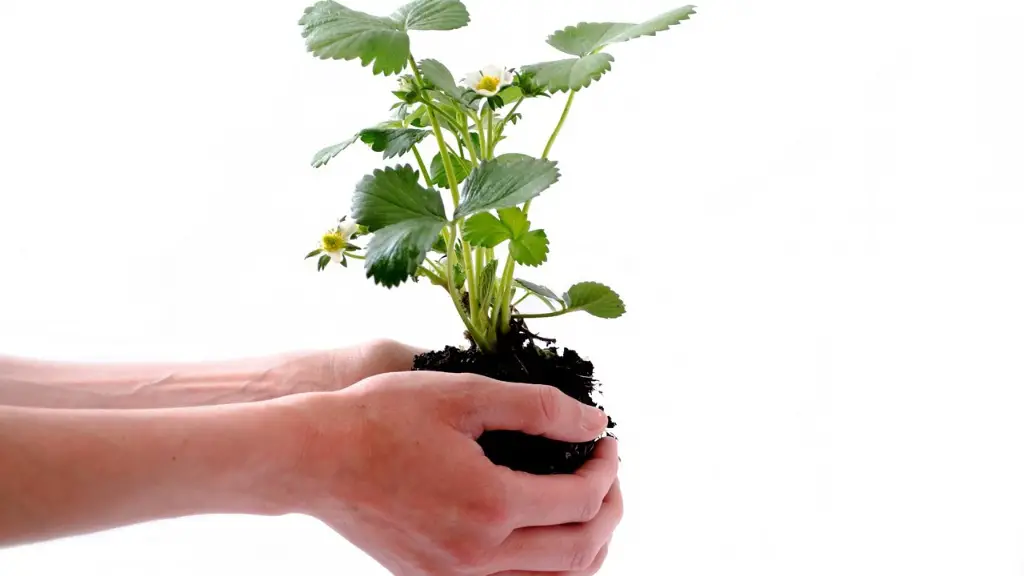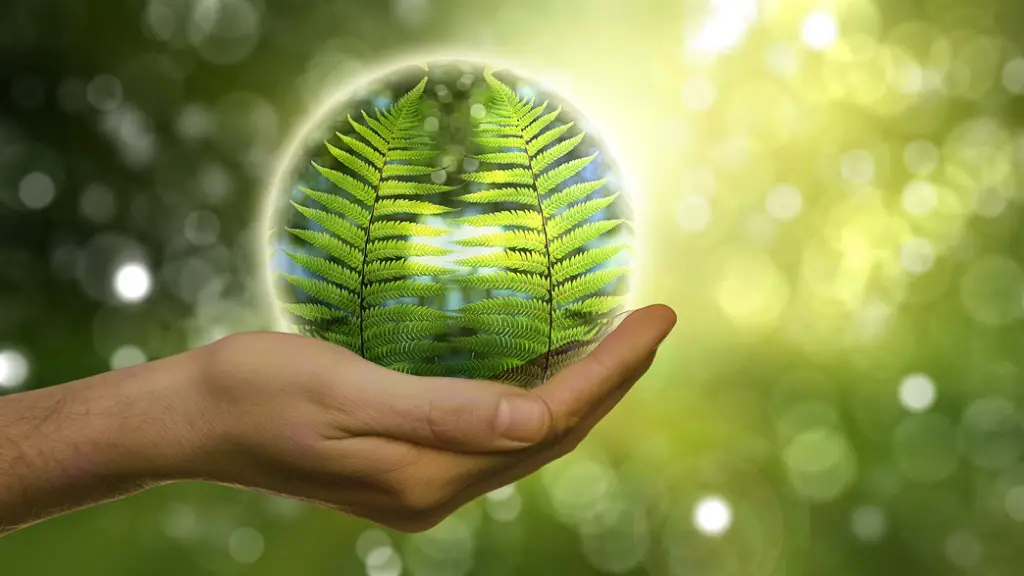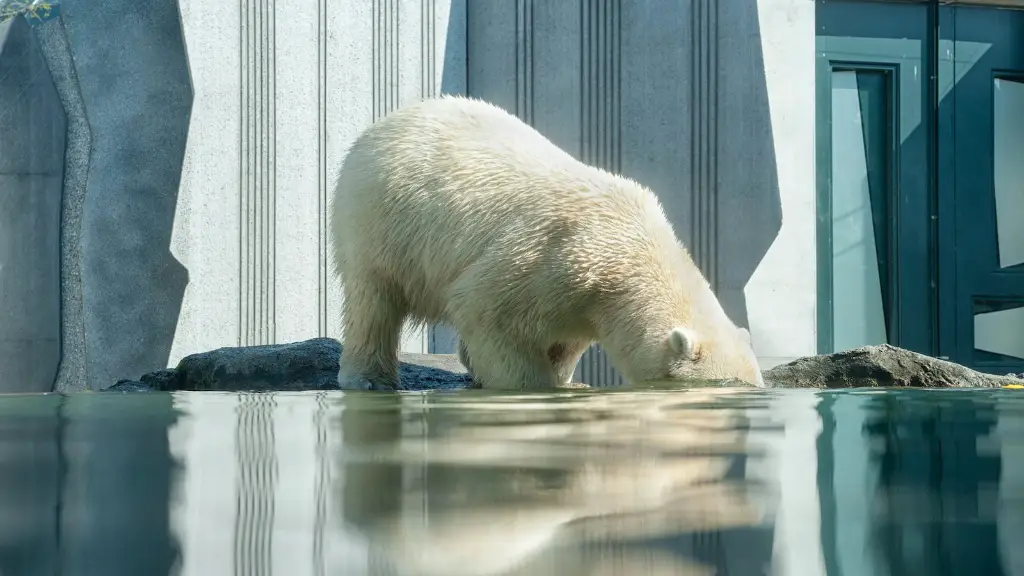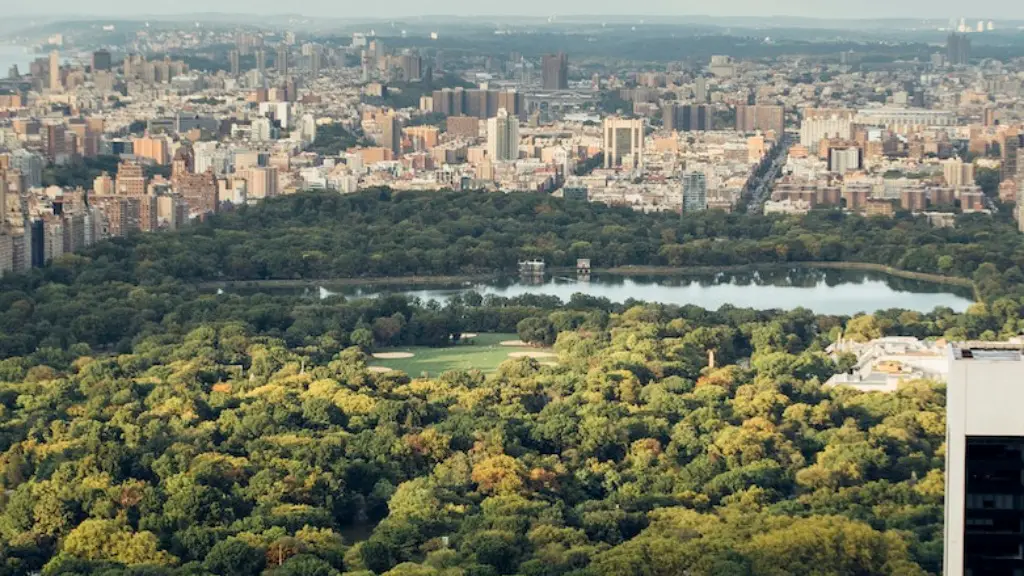Degradation in fish ecology refers to the deteriorating quality of fish habitat as a result of human activity. This can lead to declining fish populations and changes in the types of fish that are found in an area. Degradation can be caused by a number of factors, including pollution, habitat loss, and invasive species.
The degradation of fish ecology refers to the negative impacts that human activity can have on the habitats and populations of fish. Degradation can be caused by pollution, overfishing, and the destruction of critical fish habitat. These activities can lead to the decline of fish populations, and the loss of biodiversity in aquatic ecosystems.
What is meant by ecological degradation?
Ecological degradation is a huge problem that needs to be addressed. It is defined as the overall deterioration of an ecosystem and is caused by things like the destruction of habitats and the reduction of natural resources. This is a huge problem because it can lead to the extinction of many species, and it can also make it difficult for people to live in certain areas. It is important to try to prevent ecological degradation, and to restore ecosystems that have already been degraded.
There are a number of important direct drivers of ecosystem degradation and loss of biodiversity. These include habitat change, climate change, invasive species, overexploitation, and pollution. Most of these drivers are currently remaining constant or increasing in intensity in most ecosystems, leading to a continued decline in ecosystem health and biodiversity.
What is an example of ecosystem degradation
The rapid pace of industrialization and economic growth since 1950 has led to a significant deterioration of the environment. Desertification, deforestation, acidification of the oceans, the massive erosion of biodiversity, the depletion of fish stocks and the multiple forms of pollution are all among the many forms of environmental deterioration caused by human activity.
This rapid environmental deterioration has had serious consequences for human health and the planet’s ecosystems. It is imperative that we take action to slow and reverse this trend. We must find ways to promote sustainable development that does not sacrifice the environment for the sake of economic growth.
The degradation of water resources is a much-studied phenomenon and can be caused by natural processes (climate change, water-rock interactions, and geological factors) and human activity (agriculture practices and urban waste), as well as the presence of considerable chemical compounds since the industrial revolution. In general, water resources are under immense pressure from human activities, and this is only projected to increase in the future as the global population grows. The degradation of water resources can have major implications for both the environment and human society, and so it is important to understand the causes and effects of this phenomenon.
How does degradation affect the environment?
Over consumption of natural resources can lead to environmental degradation in a number of ways. For example, it can reduce the effectiveness of essential ecosystem services, such as the mitigation of floods and landslides. This in turn can lead to increased risk from disasters, as well as further degradation of the environment. In order to protect our environment, it is important to consume natural resources responsibly and to prevent their over-exploitation.
Ecosystem services are the benefits that humans derive from ecosystems. They include provisioning services such as food and water; regulating services such as climate regulation and pollination; supporting services such as soil formation; and cultural services such as recreation and aesthetic enjoyment.
The degradation of ecosystem services can have a number of impacts on human well-being, depending on the region and population in question. In industrial regions, for example, the loss of ecosystem services can lead to economic impacts as businesses suffer from reduced production or increased costs. Wealthy populations in developing countries, on the other hand, may be more likely to experience the social impacts of ecosystem service degradation, such as reduced access to clean water or increased exposure to air pollution. In either case, the loss of ecosystem services can have a negative impact on human health and wellbeing.
How can we prevent ecosystem degradation?
Environmental degradation is a major problem that we need to face up to. There are a number of things we can do to help control it.
planting more trees is a great way to help the environment. They produce oxygen and help to filter greenhouse gases from the air.
Rainwater harvesting is another great way to help control environmental degradation. It helps to reduce the amount of water that is taken from rivers and groundwater sources.
Reducing the use of chlorofluorocarbons (CFCs) is also important. CFCs are damaging to the ozone layer, which helps to protect us from the sun’s harmful rays.
Reducing fuel consumption is another way to help control environmental degradation. This can be done by using public transport, carpooling, or cycling instead of driving.
Treating the industrial effluents before dumping them in water bodies is also important. This helps to prevent pollution of our water supplies.
Reducing the use of fertilizers is also important. This is because they can pollute water supplies and damage the environment.
Finally, controlling population growth is also vital. This is because the more people there are, the more strain there is on the environment.
Soil degradation, water degradation, and air degradation are the three types of degradation that have a major impact on the environment. Soil degradation results in a loss of nutrients and organic matter, which can lead to a decrease in crop yields. Water degradation results in a loss of water quality and a decrease in the available water supply. Air degradation can cause a decrease in air quality and an increase in greenhouse gas emissions.
What are the 3 different types of environmental degradation *
Environmental degradation is the deterioration of the environment through pollution, depletion of resources, and loss of ecosystem services.
The causes of environmental degradation are numerous and varied, but often fall into one of the following categories:
1. Natural causes: Environmental degradation can be caused by natural phenomena such as floods, storms, earthquakes, and droughts.
2. Anthropogenic causes: Human activity is the main cause of environmental degradation. This can be due to things like deforestation, over-fishing, and air pollution.
3. Economic development: As countries develop economically, they often put greater strain on the environment. This can be due to increased demand for resources and energy, and often results in more pollution.
4. Population growth: A growing population often leads to environmental degradation, as more people put strain on resources and services.
The effects of environmental degradation can be both local and global. They can include things like air and water pollution, loss of biodiversity, and climate change.
There are many types of environmental degradation, including:
1. Air pollution: This is caused by things like car exhaust fumes, factory emissions, and burning fossil fuels. It can lead to respiratory problems, and damage to the ozone
There are many forms of environmental degradation that are affecting our planet. One of the most common is desertification, which is the process of a land becoming a desert. This is happening all over the world, especially in Africa. Land degradation is another huge problem. This is when the land becomes less productive and can no longer support life. This is usually caused by human activity, such as farming. Rising sea levels are another big issue that is being caused by global warming. This is making many coastal areas uninhabitable and is a huge threat to wildlife. Deforestation is also a major problem, as it causes a loss of habitat for many animals and can lead to soil erosion.
What is the meaning of water degradation?
Water pollution is defined as the contamination of water bodies (lakes, rivers, oceans, aquifers and groundwater), usually as a result of human activities. Water pollution can occur through the release of chemical pollutants, debris or other forms of contamination into waterways. It can also occur when water is used in an inefficient or environmentally harmful way.
The effects of water pollution on human health and the environment can be significant. contaminated water can cause illness and even death in people who consume it. It can also lead to the degradation of aquatic ecosystems, making them less able to support plant and animal life.
Water pollution is a serious problem that needs to be addressed at the local, state and federal level. Individuals can also help to reduce water pollution by taking simple steps like conserving water, properly disposing of waste and choosing environmentally friendly products.
Water quality degradation from diffuse sources is complex and difficult to control. There are many factors that contribute to water quality degradation, including:
-The type of contaminant
-The amount of contaminant
-The location of the contaminant
-The time of year
All of these factors make it difficult to identify the source of the contamination and to control it. The best approach to diffuse pollution control is to focus on prevention and education. This means working to reduce the amount of contaminants entering the environment, and educating people on how they can help to protect water quality.
How can we reduce water degradation
The amount of detergent or bleach you use when washing clothes or dishes should be kept to a minimum. Phosphate-free soaps and detergents should be used as much as possible, and the use of pesticides, herbicides, and fertilizers should be minimized. Chemicals, motor oil, and other automotive fluids should not be disposed of into the sanitary sewer or storm sewer systems.
Polymer degradation is a complex process that is influenced by several factors, including pH and copolymer composition. In general, polymer degradation is accelerated by greater hydrophilicity in the backbone or end groups, lesser crystallinity, lower average molecular weight, and smaller size of the finished device. All of these factors must be considered when designing a polymer device to ensure that it will degrade at the desired rate.
What are the effects of degradation?
The human population has exploded in recent years, and it shows no signs of slowing down. This population growth has put a strain on the world’s resources, leading to increased poverty, overcrowding, famine, and species loss. Additionally, the world is facing more extreme weather conditions, as well as acute and chronic medical illnesses. All of these factors could lead to war and human rights abuses, and an increasingly unstable global situation.
Each of these issues are broad and have many smaller sub-issues under them. For example, water pollution not only refers to the contamination of our drinking water, but also the water in our oceans and rivers. The oceans are especially vulnerable to pollution because they are so vast and dilute contaminants relatively easily. However, when pollutants build up in the ocean, they can have devastating effects on marine life and the environment as a whole.
Loss of biodiversity is another big environmental issue. This refers to the loss of plant and animal species due to human activity. This can happen through habitat destruction, hunting, and pollution. The loss of biodiversity can have ripple effects throughout the environment, as each species plays a role in the ecosystem.
These are just a few of the many issues surrounding our environment. It is important to be aware of these issues and to do our part in preserving our planet.
How does degradation affect biodiversity
Land degradation is a major problem worldwide, and it typically results in biodiversity loss. As habitats degrade, they become less able to support the variety of species that live there. This can lead to a decline in the overall number of species in an area, as well as a shift to early successional species.
It is well known that species loss is occurring at an alarming rate all over the world. However, what is less well known is that species at higher trophic levels are lost more rapidly than species from lower trophic levels due to habitat loss. Moreover, species will disappear from the food chain from highest to lowest ranks because of the ecosystem services loss which are essential for species survive, especially for predators. This is a very serious issue that needs to be addressed urgently.
Conclusion
There is no one definitive answer to this question, as it can mean different things to different people in different contexts. Generally speaking, however, degradation in fish ecology typically refers to a decline in the quality or quantity of fish populations in an ecosystem, which can have a number of causes including pollution, habitat loss, and overfishing. This can ultimately lead to a decrease in the overall biodiversity and productivity of the ecosystem.
Degradation in fish ecology means that fish populations are declining in numbers and becoming less diverse. This is often caused by pollution and other human activities that damage the environment. Degradation can also refer to the loss of fish habitats, such as wetlands.





